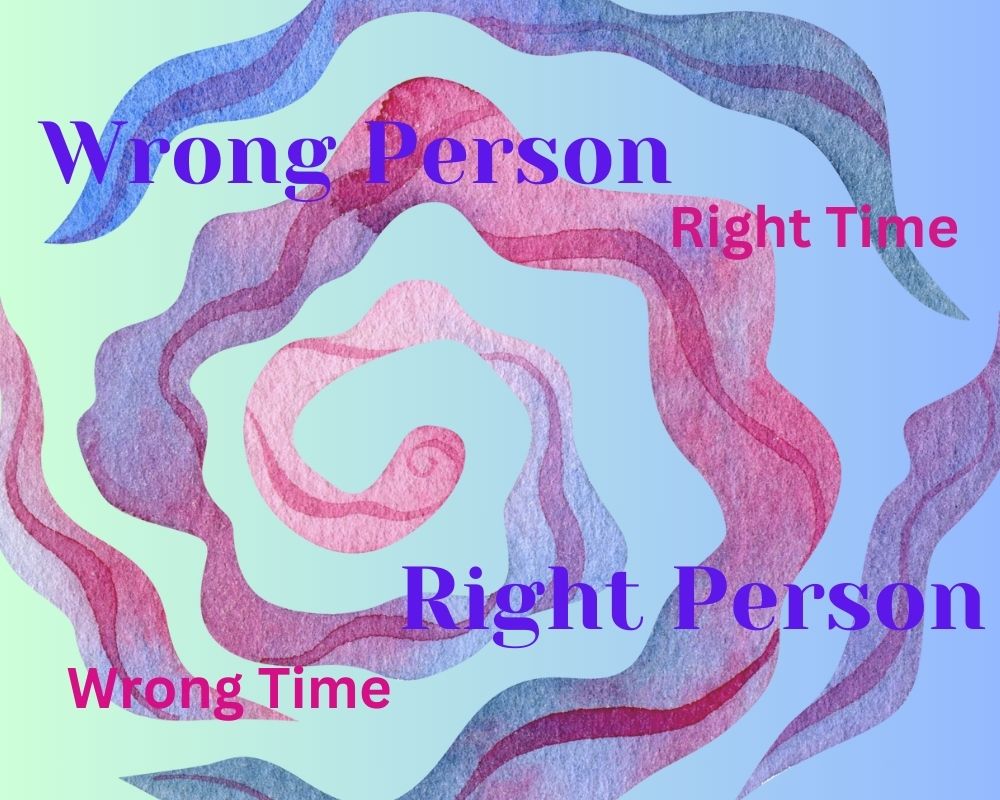
Table of Contents
Women’s Silent Struggle of Individuality and Femininity
Preconceived notions, gender bias and stereotyping are detrimental aspects of a society that stifles voices and creativity. Woman, especially, bear the brunt of this judgemental attitude. The story by Hisaye Yamamoto, “The Legend of Miss Sasagawara” set in the World War-II era, is about Miss Mari Sasagawara who challenges the gender norms by outrightly displaying her femininity and rebelling against the standard societal norms that the Japanese-American women lived in the internment camp in Poston, Arizona.
It’s an irony that her father Reverend Mr. Sasagawara, in spite of his devotional fanaticism and detachment from the society is revered by the inmates when his duty was to provide for his daughter. On the contrary, Miss Sasagawara gets scrutinised and labelled hysterical for her similar eccentric and aloof attitude. What inmates failed to see was the internal conflict a 39-year-old unmarried dancer was facing in company of her spiritually disciplined and emotionally oblivious father.
The narrative argues that individual and individuality needs to be deciphered free of unwanted scrutiny and misconstruction. Narrated by Kiku, the term “legend” is the signifier of the creative qualities Miss Sasagawara possesses in a typical male-centric society that objectifies woman merely as a “decorative ingredient” and overlooks her when she strives to make her presence felt. It alerts us to examine her story of pitiful existence, under the silent (male) dominance of her father that drove her idiosyncratic, before we label her out-of-sync. It pokes social beings to reconsider if any individual, especially woman, deserves such unsympathetic scrutiny without being heard or understood.
The passage argues that femininity and artistry often get subdued in a masculine society that is judgmental, especially of woman, who happens to break the norms and question the existing gender roles and societal mechanisms.
Miss Sasagawara: Femininity in Defiance
In the story, Miss Sasagawara, a ballerina, subtly resists gender discrimination by insisting on living her own way of life. While it is normal for a dancer to dress colourful, her aesthetics displays her latent sexuality that raise eyebrows of the inmates. Her refusal to dine in common mess, use common toilets when others were around (seems eminently sensible from the point of view of privacy), and her lack of socialisation made her a topic of “endless conversations” that killed “boredom” (representing gossips that create preconceived notions) in the camp.
The Hypocrisy of a Patriarchal Society
Challenging the dominantly male medical profession with her allegation of being “pawed” straightaway displays her angst against the unquestionable authority (masculinity). Assume for a second, she was right, she dared to question the frequent groping of her unquestionably beautiful body during physical examinations. But it’s no wonder that a female’s, especially of eccentric Miss Sasagawara’s, dare was dismissed as hysterics due to dominance of masculinity in the profession.
Artistic Brilliance Misunderstood as Madness
Kiku was sceptic about how Elsie and others defined Miss Sasagawara. Her personal encounters made her felt that she desired to be known in spite of the intrusive gazes and scrutiny she faced in the camp all the time. Kiku had earlier found Miss Sasagawara’s laughter “lovely” when they exchanged words. Only an artist of her calibre could choreograph eight little girls with “Block’s one-hundred-fifty or more pair of eyes on them” during a Christmas party. Stereotyping may limit our admiration to Miss Sasagawara’s brave display of femininity through dance in times “when etiquette was very strict”, especially for women.
But Kiku could not easily admit that Miss Sasagawara was re-admitted to the sanitorium, and the rumours of her ogling young boys, she dispelled as Miss Sasagawara’s search of a lost lover or son. Having some explorations into “virgin territory of the human mind”, Kiku questions the authenticity of Elsie and her sources such as Mrs. Sasaki, a “plump and giggling young woman” identifiable with an attribute that society sees convincing in a woman rather than accepting the eccentric Miss Sasagawara.
Another source, Joe Yoshinaga with a “knack of blowing up” things, represents the general attitude of the male dominated society where ogling women is normal, but displaying sexuality by a female is presumed as insane. It questions the hypocrisy surrounding judging of the conduct of a male and a female. Kiku’s observation that Mrs. Sasaki “always felt called upon to explain that she was childless by choice” points to the scrutiny womanhood undergoes in a society. It is an allegory to Miss Sasagwara’s condition where narratives are constructed about a woman who happen to defy traditional standards of femininity.
A Legend Misread: The Misconstruction of Female Individuality and Femininity
The narrator’s discovery about Miss Sasagawara as a “tour de force” poet is a slap on such verdicts. Kiku’s use of the word “erratically brilliant” for Miss Sasagawara’s poem she found in some magazine highlights the fluctuations in human emotions that gets judged in a wink without proper understanding. The poem reflects the brilliancy Miss Sasagawara possessed as a creative individual in spite of her existence in a male-centric house and society, making her a legend in true sense.
Femininity, Creativity, and Resistance: The Feminist Narrative
Kiku is right when she suspects Miss Sasagawara’s attitude as an outburst of the self-repression that she had been facing in her father’s (masculine) presence. The man in the poem who is in pursuit of Nirvana (closely resembles her father) seeking freedom from responsibilities is judged religious and admired by all inmates. But the internment society miscalculates the pain his artistic daughter underwent while accompanying him making her a woman of complex emotions.
This nomenclature of Mr Sasagawara as a spiritual man in spite of his reluctance to do his fatherly duties and that of his daughter as a notorious spinster with idiosyncrasies and having explicit sexual desire for the opposite sex is nothing but gender stereotyping. It is unjustifiable to label her as a deranged woman when she could explicitly respect the greatness of the man, while also showing her legendary attribute as that of a creative and sensible person who dared to question her father’s fanatically spiritual path as “monstrous sort” bringing “troublous”, and “scented scenes” in her (a woman’s) life that would have otherwise been full of “human passions rising, subsiding and rising again” (reflecting her poetic talent).
Such sensory words explain the powerful emotions and experiences (fragrances of femininity) of the title character much contradictory to what society imposed on her. Probably madness was the only release for Miss Sasagwara to insulate herself from the stereotyping she faced from the offensive tongues and prying eyes. The throttling of her creative and feministic self while she accompanied her spiritually fanatic father is the legend to decipher and understand from the gender stereotyping perspective. The passage suggests the silent enforcement of her father’s strict spiritual discipline on a creative person like her reflecting the dominance of masculinity (repression) on femininity (beauty and creation).
Reimagining the Legend Through a Feminist Lens
Yamamoto succeeds in settling the discussion on the prosecution of individual and individuality, especially from the point of view of throttling of a woman and her femininity, due to misconstruction of her attitude by the society based on rumours. The passage is suggestive of the gender inequity and injustice women with artistic achievement faced during those times and even today.
Through the depiction of physical and patriarchal imprisonment of Miss Sasagawara’s, the ironical narrative sets the stage to understand repressiveness the women gender face in a gender biased society. Miss Sasagawara is subjected to scrutinization when she displays a rebel attitude against the standard social role of a woman whose duty is posited to serve others. She is also presumed defiant as she is an unmarried ballerina, which is not well seen in a male-dominated society.
Her defiance of gender role is taken as mental deviance. The story strongly recommends a relook into the conventional gender expectations and politics of deciding who is normal and who is not. In doing so, Yamamoto successfully brings out the legendary aspect of Miss Sasagawara as a beautiful ballerina, a brilliant poet and a strong feminist person who dares challenging the predefined establishment of our societies.
Read more articles on equality here.


